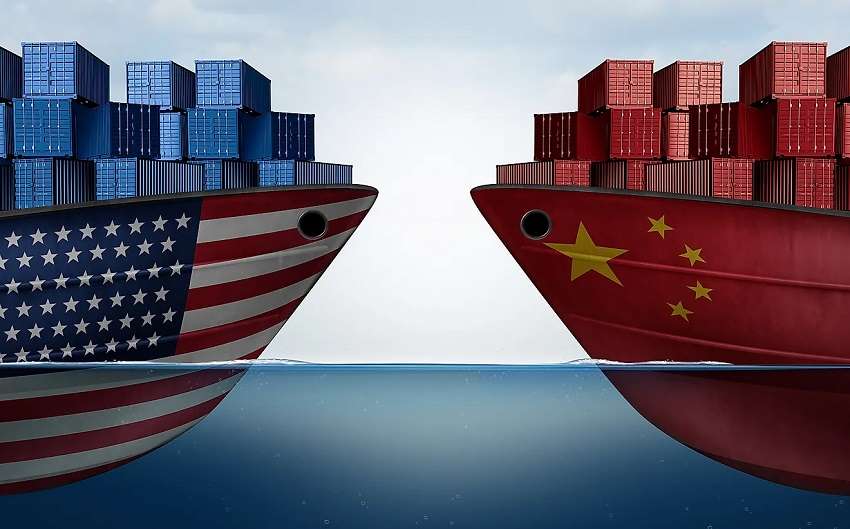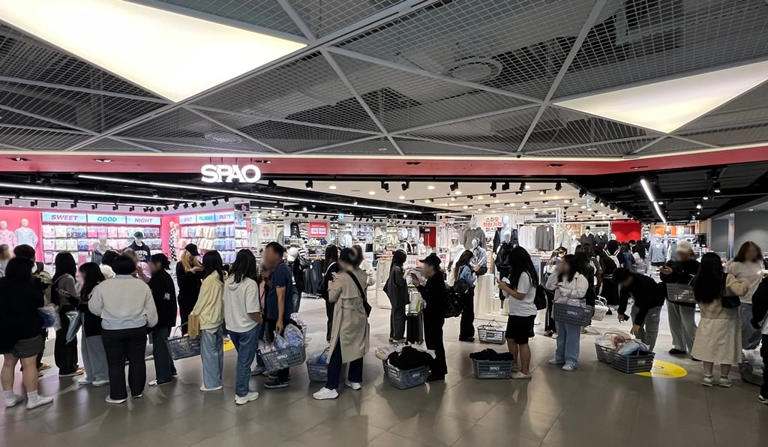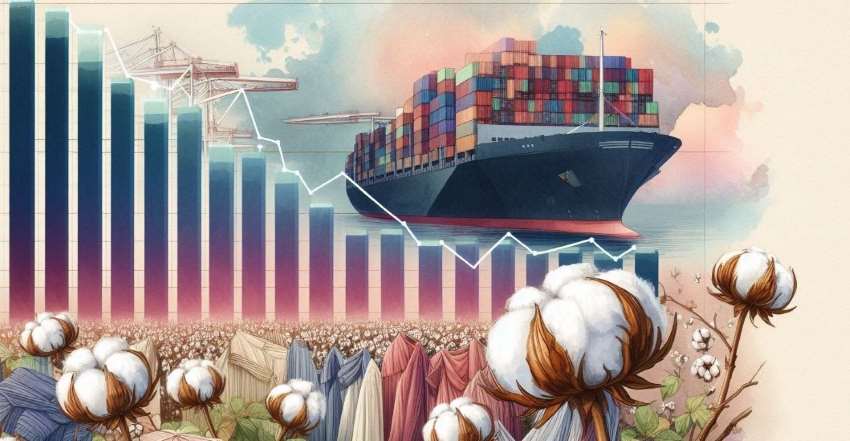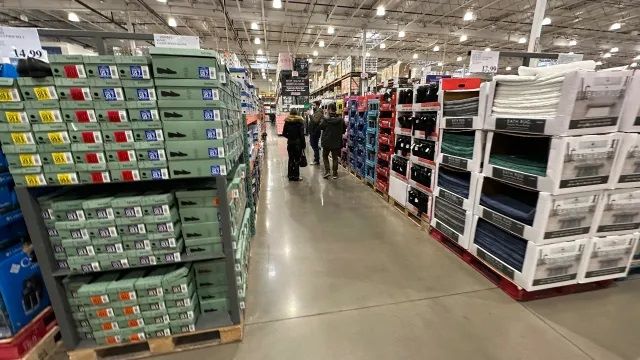FW
To cater to the rising domestic demand Saudi Arabia has decided to increase imports of readymade garments, medicine and some other quality products from Bangladesh. Saudi Arabia’s finance minister Ibrahim bin Abdulaziz Al-Assaf has said to have conveyed the decision to Bangladesh’s finance minister AMA Muhith at a meeting, held in Riyadh.
During the meeting, the two ministers agreed to explore investment and trade opportunities by sharing experiences, funding and arranging training. Discussions also revolved around letting a Bangladeshi commercial bank open a branch in Saudi Arabia, which could help promote business transactions between the two countries. While apprising the Saudi Arabian side about the recent initiatives and measures for social and economic development in Bangladesh, Muhith sought more funding support from the Saudi government in various projects including a project for building a fertiliser factory. He also urged his Saudi counterpart to recruit quality manpower from Bangladesh.
The Bangladeshi minister also appreciated the active participation of Saudi delegation in the 11th session of the joint commission between the two countries held in Dhaka recently, where important decisions were taken to intensify bilateral cooperation, particularly in the areas of trade and investment.
ERCA, a group of chemical companies headquartered in northern Italy near Bergamo unveiled some of its innovative and sustainable technology solutions for the textile industry at the recently concluded ITMA 2015.
The company that operates seven plants in Italy, Poland, Turkey, Brazil, China, India and will soon be extending its services with facilities in Malaysia. The solutions engineered by ERCA aim to encompass the environmental and ethical requirements that textile dyers and finishers have to meet in accordance with the commissioner’s standards. Some of the innovations on display at ITMA included ReactEVO - a simple and efficient process based on a new post-treatment concept in dyeing with reactive dyestuffs that leads to a drastic reduction in energy consumption and water volumes, significantly cutting the total treatment time. The product is also said to produce significant sustainability benefits. ReactEVO allows energy savings of up to 70 per cent, water savings to 50 per cent and processing time up to 20 per cent, according to the company. All ReactEVO auxiliaries (DYE, WBS, PHR and TWE) are also confirmed compliant with Oeko-Tex Standard 100 requirements and are bluesign and GOTS approved.
ERCA, in collaboration with multinational Japanese manufacturer, Asahi Kasei, has also developed a new dyeing process called OneTone. The process is the result of a study undertaken to dye Asahi Kasei’s ROICA Colour Perfect, an innovative and fully dyeable premium stretch yarn that is said to offer great tone on tone colour depth and an imperceptible matt aspect that can be used to match dye with all major fibres such as cellulose, nylon, wool and silk.
www.itma.com
According to the estimates by the Vietnam Textile and Apparel Association (Vitas), the garment and textile sector in the country is expected to grow its exports by an average of 11.5 per cent per year between now and 2020.
Vitas report said the sector is expected to generate export revenue of $27.5 billion this year, and increase this value to $31 billion next year and $45 billion to $50 billion by 2020. In the first nine months of this year alone, Vietnam's garment and textile exports totalled $20 billion, an increase of 10 per cent over the same period last year.
Vu Duc Giang, who elected Chairman of the Vitas at a congress last week, said that global integration will facilitate Vietnamese garment and textile products over the next five years. Tariffs for these products will reduce from 18 per cent to zero per cent following the Trans-Pacific Partnership (TPP), and from an average 11 per cent to zero per cent following the Viet Nam-European Union Free Trade Agreement.
The garment and textile exports to this market may hit $20 billion by 2025. Vietnam has been among the top 10 garment and textile exporters in the world for the last 10 years. Last year, it ranked fifth after China, Turkey, Bangladesh and India.
The country exports its products to 180 countries and territories, with the United States, the European Union, Japan and South Korea being major markets. It is also exploiting emerging markets such as Russia and Australia.
www.vietnamtextile.org.vn
Zinser has been supplying ring spinning machines to Indonesian company Indorama Synthetics, having \spinning mills in Indonesia, Uzbekistan, Sri Lanka and Turkey, since 1980. The company has now commissioned its 100,000th Zinser spindle: a 2Impact FX compact spindle to the company.
This milestone was marked at a small ceremony at ITMA 2015 in Milan, where Martin Folini, CEO of Saurer and Saurer Schlafhorst, and Henri Wiggers, regional sales and service director of Schlafhorst Zinser, presented the ‘Golden Zinser Spindle’ to the Director of the spun yarns division of Indorama, Anupam Agrawal and Virender Kumar Bhalla, Manufacturing Head of Indorama.
This year Zinser delivered over 40,000 2Impact FX compact spindles to Indorama. Following the installation of all machines, Indorama now has around 140,000 Zinser spindles. The compact spinning machines process 100 per cent combed cotton to produce particularly high-quality compact yarn in counts ranging from Ne 20 to Ne 40. They are integrated into a fully automated linked system extending from the Zinser roving frame to the Autoconer package winder from Schlafhorst. For many years Indorama has been producing yarns of 100 per cent polyester on Zinser 351 ring spinning machines.
www.zinser.de
www.indorama.com
The All Pakistan Textile Mills Association (APTMA) acting Chairman Shahid Mazhar has said that the constant rise in import of man-made fibres (MMF) yarns including polyester, viscos and acrylic and fabrics in the domestic market are making an adverse impact on the country’s local textile industry. He said that the competitors of Pakistan textile industry such as China and India are at advantage since they are producing MMF yarns and fabrics at comparatively lower energy cost.
He said that the import of MMF yarns has surged to 72,300 tons in 2014-15 against 47,700 tons in 2012-13. Similarly, the import of fabric made from MMF yarns has also reached to 5,62,000 sq. meters in 2014-15 against 1,80,000 sq. meters in 2012-13.
Chairman of the association further added that the government has not levied 10 per cent regulatory duty on the dumped and subsidised MMF yarns and fabrics in order to protect the domestic industry. He urged the government to safeguard the domestic industry and save the jobs and exports of local MMF yarns and fabrics producing textile mills by imposing regulatory duty on the import of MMF yarns and fabrics immediately along with announcement of the textile package without further delay to save the domestic textile industry.
www.aptma.org.pk
In China, mainstream prices of 40s compact siro-spun yarn in Jiangsu were down four cents a kg in the third week of November while 30s spun viscose in Xiaoshan were steady.
Spun viscose yarn prices softened in the third week of November in China with those for regular specs like rotor-spun, ring-spun, vortex-spun and siro-spun yarn declined marginally, except for some core-spun yarn whose prices remained firm amid high profits.
In Pakistan, steady VSF prices were supporting viscose yarn prices while demand from China was reportedly lower, partly due to a seasonal decline of textile production in this part of the year. In India, viscose yarn prices rolled over on firm VSF markets while dollar term prices gained a bit. Export prices were down in line with a drop of demand as inventories were kept at minimum levels. 30s viscose spun yarn prices were up one cent a kg in Indore market.
Nitin Spinners has complete its planned expansion project for 2014/15 for installation of 72,480 spindles and 19 knitting machines at an estimated cost of Rs 281 crores. Commercial production has already commenced after the successful expansion.
Now the installed capacity of the company has increased to 150,096 spindles, 2,936 rotors and 49 knitting machines. Production capacity has gone up to 37,800 TPA of cotton yarn and 8,600 TPA of knitted fabrics. The company is now equipped to offer a broader and diversified range of yarn and knit fabrics and enhance its market share.
The investment in the project is eligible for interest subsidy and other benefits under TUFS and the Rajasthan Investment Promotion Investment Scheme. Nitin Spinners reported a turnover of Rs 616 crores in 2014/15 compared to Rs 488 crores in the previous year, achieving a 26 per cent growth.
www.nitinspinners.com
Spun yarn exports from India witnessed a decline in October 2015 to just 4.1 per cent in volume terms and 9.5 per cent in value terms. Spun yarn (all kinds) shipments were at 112 million kg worth $310 million or Rs 2,007 crores, implying per unit realisation of $2.78 per kg. This was four cents down from previous month and 41cents down from October 2014. It was also the lowest since February 2015.
China continued to be the largest importer of yarn from India, although average unit value realisation continued to decline settling in the range of $2.78-2.82 per kg on an average. During October, 83 countries imported spun yarn from India, with China accounting for 32 per cent of the total value with imports rising 8 per cent in terms of volume, while declining 6 per cent in value year-on-year. In September, it had clocked a growth of 30 per cent in volume and 13 per cent in value. Bangladesh, the second largest importer of spun yarn, accounted for around 17 per cent of all spun yarn exported from India. However, export to Bangladesh increased 33 per cent in volumes and 17 per cent in value.
Egypt, the third largest importer of spun yarns, saw volume rising 1.1 per cent whereas value was down 14.6 per cent. These three top importers together accounted for close to 55 per cent of all spun yarn exported from India in October. Cotton yarn export was at 91 million kgs in October with 73 countries importing yarn worth $253 million or Rs 1,635 crores in October 2015. The average unit price realisation was at $2.77 a kg, five cents down from previous month and 45 cents down from the same month a year ago. China was the largest importer of cotton yarn from India in October, followed by Bangladesh and Egypt. The top three together accounted for more than 62 per cent of cotton yarn with combined volume at 59 million kg worth $156 million. Their respective unit price realization was $ 2.47 a kg, $3.02 a kg and $2.70 a kg.
Japan, Colombia, Malaysia, Argentina and Bahrain were among the fastest growing markets for cotton yarn, and accounted for 5 per cent of total cotton yarn export value. Eight new destinations were added for cotton yarn export, of which, Honduras, Cambodia, Romania, Saudi Arabia and Estonia were the major ones.
Combed cotton yarn accounted for over 63 per cent of cotton yarn exported in October with volumes at 52 million kgs worth $160 million. Carded yarn export was at 31 million kg. Their respective unit value realisation was $3.09 per kg and $2.41 per kg. Open ended yarn export was at 6.2 million kg at an average price of $1.74 a kg.
Rajasthan has emerged as the largest producer of polyester viscose yarn and synthetic suiting material in the country. Bhilwara and Kishangarh are major power loom centers in the state. Over 20,000 functional looms and over 95 crore meters of different blends of polyester fabrics such as polyester wool, polyester viscose modal, and polyester viscose elastane are produced annually in the state.
Besides PV suiting, the state has also made a name for itself in the processing of low-cost and low-weight fabric. With established backward and forward linkages, Rajasthan’s textile industry offers significant competitive advantages. Jodhpur, Pali, Sanganer, and Kota are better known for traditional handloom, fabric and printing. Jaipur is being increasingly accepted as a fashion garment hub.
The textile hub in Rajasthan provides direct and indirect jobs to nearly seven lakh people and contributes 17 per cent to the state’s exports. Rajasthan has emerged as one of the major cotton cultivating states. It contributes about 85 per cent of the country’s annual wool production.
The state provides textile units various concessions and incentives like interest subsidies ranging from five to seven percent, 50 per cent concession on VAT, and 50 per cent concession on entry tax on capital goods.

Efforts on to regain GSP + plus from EU
While Sri Lanka has emerged the international centre for apparel manufacturing with high-value segment particularly showing growth momentum, in 2010, the European Commission decided to temporarily revoke the low or non-existent tariffs awarded to the country under the Generalised System of Preferences Plus (GSP+) scheme after investigation alleged human rights abuses at the end of the country’s civil war. However, the country does enjoy the standard GSP scheme with fewer, preferential import tariffs.
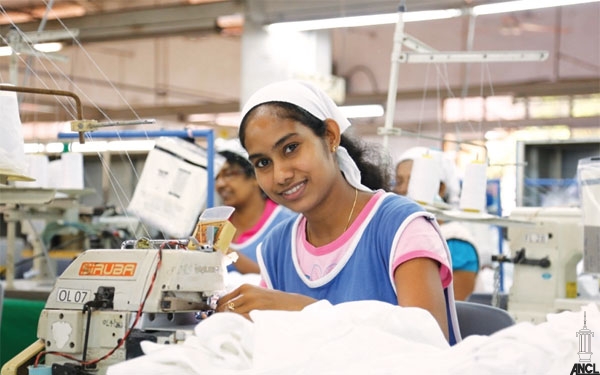
Experts believe with the newly elected reform-oriented administration having the GSP+ scheme back on its agenda, the manufacturing and export sectors will get a renewed boost. Speaking to the media recently, Harsha de Silva, Deputy Minister of Foreign Affairs said by the end of December 2015, the government will be formally reapply for the GSP+.
The EU is a most important export destination with 40 per cent share, for the Sri Lankan players. Industry estimates suggest that exports to the EU rose from $1billion in 2005, when GSP+ was granted, to $1.7billion in 2010. And while exports have been on the rise since then, with $2billion reported last year, industry players are of the opinion that duties on exports are impediments to the export target of $8.5billion-per-annum.
Green signal to GSP+ from the EU
While Sri Lankan government is doing its bit to regain the status, the EU has expressed its willingness to grant the GSP+ status to Sri Lanka. For instance, in its most recent statement on the issue, released in mid-November, the European Council said, “It takes positive note of the progress recently achieved” and called on “the High Representative and the European Commission to continue to engage with Sri Lanka to support its efforts to lay the groundwork for a renewed application for GSP+”.
Amid rising production costs, countries are exploring lower-cost locations such as Southeast Asian countries but many companies are also eyeing South Asia – mainly Sri Lanka as an alternative production base. The country is known as one of the world’s most renowned fashion sourcing locations, with a wide range of global brands - including Victoria’s Secret, Gap, Marks & Spencer and Nike - regularly buying from the island’s apparel manufacturers.
Sri Lanka set in the Indian Ocean has already attracted a number of Hong Kong manufacturers because of its geographical location and comparatively low labour costs. It is also capable of delivering value-added products that could appeal to buyers and importers in the more mature markets, including the EU and US. It is now one of the fastest-expanding economies in Asia, providing a highly conducive business environment for foreign manufacturers. Over the past six years, manufacturing has consistently accounted for around 18 percent of Sri Lanka’s GDP.
Its location, at the centre of a major trade route between Asia and Europe, places Sri Lanka in an advantageous position compared to many other South Asian nations when it comes to connectivity with many of the markets in Europe and the Middle East. This offers a significant edge to those manufacturers whose supply chains extend across the east, but whose major markets are in the west, allowing them substantial cost savings in terms of logistics as well as shorter delivery times.






